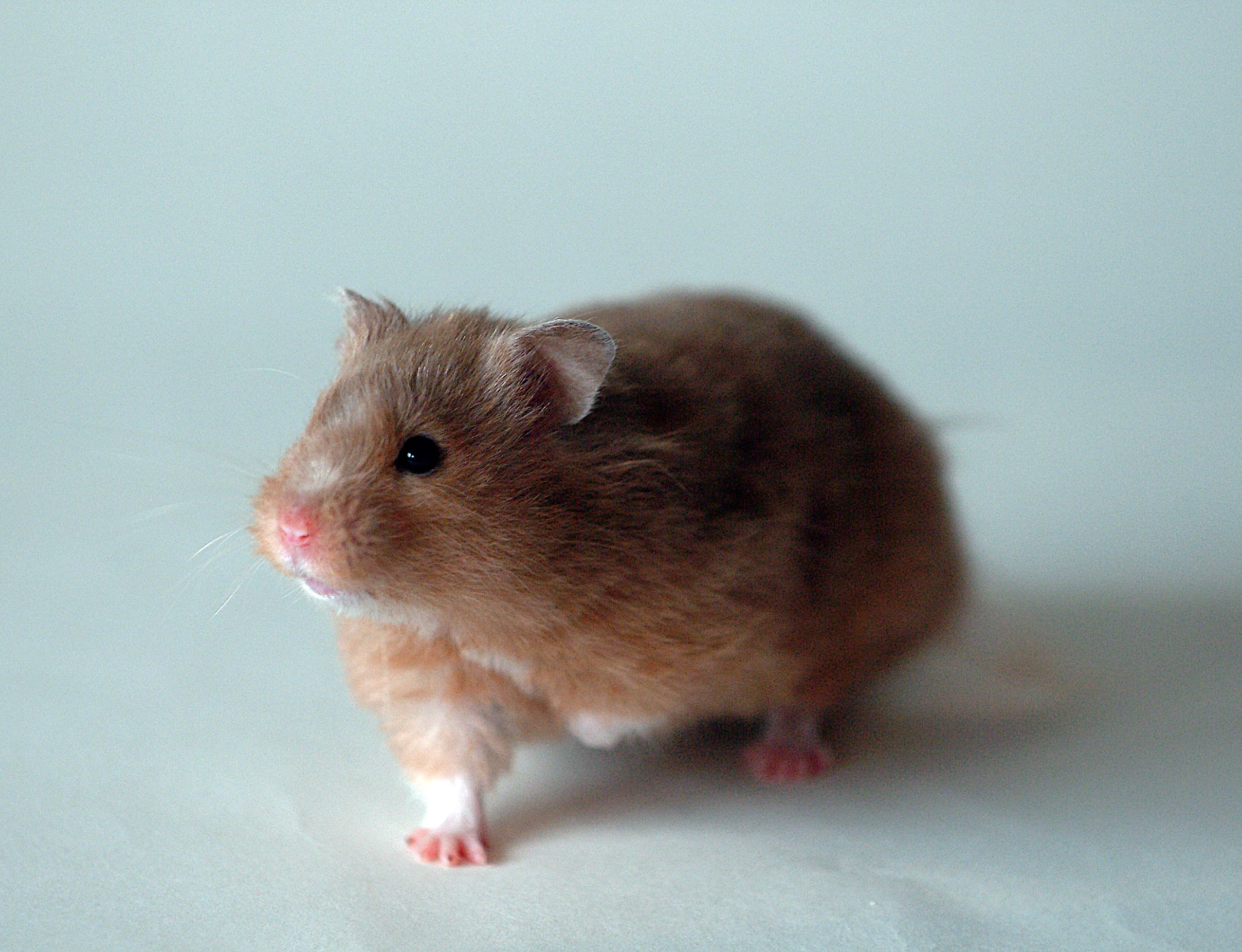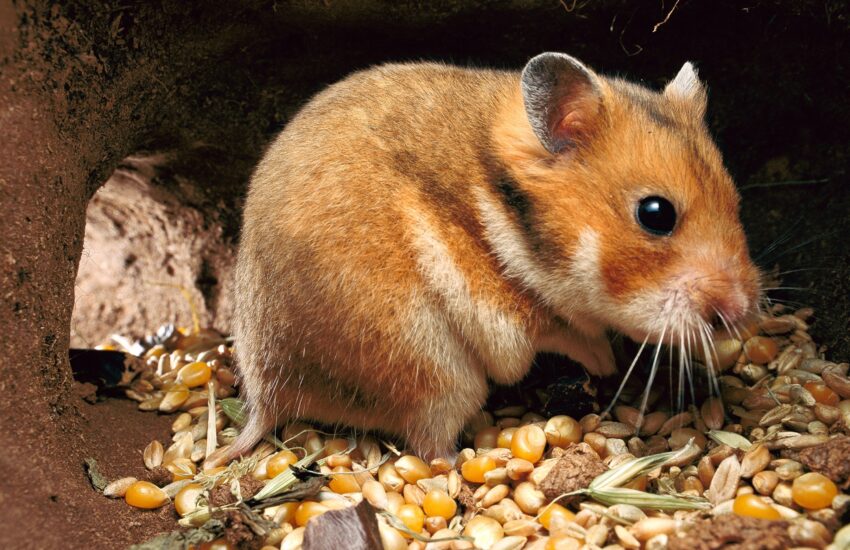Exploring the History of Hamster Breeds
The Origins of Hamsters
Hamsters have a fascinating history that dates back to the early 18th century. Initially discovered in the wild in regions like Syria (now known as the Golden hamster), these small rodents caught the attention of scientists and animal enthusiasts for their unique behaviors and traits. The Golden hamster was first identified by a zoologist named George Cuvier in 1797. Shortly after, in the 1930s, the first hamsters were imported into the United States, which sparked a surge in domestic breeding, leading to various hamster breeds we’re familiar with today. Over the years, many species have adapted to captivity, morphing from wild creatures into popular household pets.

Early Breeding Practices
As hamsters began to gain popularity, dedicated breeding practices emerged. Early breeders focused on specific qualities like size, color, and temperament, giving rise to what we today identify as distinct breeds. The Golden hamster’s amiable nature and striking appearance made it a favorite among breeders, leading to a multitude of color variations, such as cream, black, and cinnamon. In the 1940s, breeding became more widespread, resulting in even greater diversity within hamster breeds. This development allowed enthusiasts to curate specific traits that enhanced not just the aesthetic appeal but also the pet’s friendliness and adaptability.
Transition to Domestication
The transition from wild to domesticated hamsters has been driven largely by human intention to create appealing and manageable pets. As hamsters moved from being simply wild animals to beloved household pets, their environments shifted drastically. This change required a profound adaptation of hamsters to the comforts of home life, leading to varying personality traits based on their specific breed lineage. Today, the hamster breeds you might find in homes include the Syrian hamster, Campbell’s dwarf hamster, and the Roborovski dwarf hamster, each coming with unique characteristics formed through years of selective breeding.
Types of Hamster Breeds
With extensive breeding over the decades, various hamster breeds have emerged, each possessing distinct characteristics and traits. This section will discuss the main types of hamsters commonly kept as pets, highlighting their individual traits, care requirements, and behaviors.
Syrian Hamster
The Syrian hamster, sometimes referred to as the Golden hamster, is known for its docile temperament and striking golden-brown fur. It’s the most widely recognized species, famous for its large size, often measuring up to 6 inches long. Syrian hamsters are solitary animals, preferring to live alone to establish their territory. Their gentle nature makes them great pets for children, and they are relatively easy to handle. Due to their lively nature, they require a spacious habitat with plenty of exercise opportunities including running wheels and tunnels.
Dwarf Hamsters
Dwarf hamsters comprise a group of smaller breeds that include Campbell’s dwarf hamster, Winter White dwarf hamster, and the Roborovski dwarf hamster. Ranging from 2 to 4 inches in length, these little critters are known for their lively personalities. While some families prefer Syrian hamsters due to their larger size, dwarf hamsters are adored for their energetic and curious behaviors. Each species exhibits unique traits: for instance, Campbell’s dwarf hamsters are known for their sociability, while Roborovski hamsters are incredibly fast and adventurous. These differences present various interaction dynamics for potential owners.

The Cultural Impact of Hamsters
Hamsters have not only made their mark as pets but also as symbols in various cultures. They have inspired a range of pop-culture phenomena, from characters in literature to animated films. This cultural significance can be traced back to the early days of hamster domestication and can influence public perceptions of responsible pet ownership.
Hamsters in Popular Culture
Since the late 20th century, hamsters have become iconic pets in various media forms, including cartoons, movies, and books. The animated series “Hamtaro,” which features a cheerful hamster and his adventures, has made these small rodents even more popular among children worldwide. Additionally, the whimsical portrayal of hamsters in advertising campaigns showcases their playful nature, often casting them as comical, charming companions. Such widespread representation has created an endearing image of hamsters in the minds of the general public.
Responsible Hamster Ownership
With the growth of hamster popularity, responsible ownership practices are crucial to ensuring their well-being. Prospective owners should strive to educate themselves about various hamster breeds and their specific needs—both behavioral and environmental. Creating an optimal habitat, understanding dietary needs, and establishing a stimulating environment are vital to keeping hamsters healthy and happy. Moreover, pet owners should consider adopting from shelters or reputable breeders who prioritize the health and sustainability of hamster populations.
Current Trends in Hamster Ownership
Today, pet owners have many options for choosing hamster breeds, leading to growing trends in specific types or characteristics desired in pet ownership. This section elaborates on the various factors that influence current hamster ownership.
Popular Breeds Among Pet Owners
As different hamster breeds continue to garner interest, Syrian and dwarf hamsters remain favorites for many families. These preferences are often dictated by the owner’s willingness to engage with pets differing in size and temperament. Additionally, the rise in interest for unique color morphs has started to enhance demand. Some owners even look to hybrid breeds, which meld certain species traits for distinct appearances or behaviors. All these trends speak to the ever-evolving fascination with hamsters as human companions.
Health and Care Considerations for Hamsters
As hamster ownership rises, so does awareness regarding proper hamster care and health requirements. From maintaining optimal living conditions, providing nutritional food, ensuring social interaction, and keeping them exercised, owners are becoming more conscientious about fostering pet wellness. Pet owners are also advised to become educated about common health issues that hamsters may face, such as wet tail and dental problems. This trend towards increased responsibility reflects a growing commitment to humane treatment in the pet ownership community.
Key Takeaways
- Hamsters originated from the wild in regions like Syria and have become popular in households globally.
- Several breeds exist today, each with unique behaviors and care requirements.
- Hamsters have influenced pop-culture representations, establishing their position as cherished pets.
- Potential hamster owners must educate themselves on care for these pets to ensure their well-being.
FAQ
1. What is the most popular hamster breed?
The most popular hamster breed is the Syrian hamster, or Golden hamster, loved for its friendly demeanor and greater handling potential. They can grow up to 6 inches and come in several color variations, providing a delightful experience for amateur pet owners.
2. Are dwarf hamsters good pets for children?
Dwarf hamsters can make good pets for older children who understand gentle handling since they’re small and often more active. They may require more frequent attention than larger breeds, making healthy interactions crucial for proper bonding.
3. How can I create a suitable habitat for my hamster?
Creating a suitable habitat for your hamster involves providing a spacious cage, bedding material, hiding spots, tunnels for exploration, and exercise equipment like a running wheel. Ensuring cleanliness and making food and water available daily also keep your pet comfortable.
4. What is the average lifespan of a hamster?
The average lifespan of a hamster typically ranges from 2 to 3 years, with variations based on the breed. It’s essential to provide the correct diet and environment to promote longevity and a healthy life for your pet.
5. Why are hamsters solitary creatures?
Hamsters are solitary by nature, particularly Syrian hamsters, which prefer to establish their territory without the presence of others. This trait stems from their wild origins, where competition for resources would have been high, necessitating a solitary lifestyle for survival.
6. What should I feed my pet hamster?
A well-balanced diet for a pet hamster consists of commercial hamster pellets, fresh fruits, and vegetables, along with occasional protein sources, like hard-boiled eggs or mealworms. Avoid excessive sugary or fatty treats to maintain their health.
7. How often should I clean my hamster’s cage?
You should clean your hamster’s cage at least once a week to prevent odors and ensure a healthy living environment. Spot cleaning can be done more often, focusing on removing waste, uneaten food, and bedding debris to keep the habitat optimal for the hamster’s well-being.
